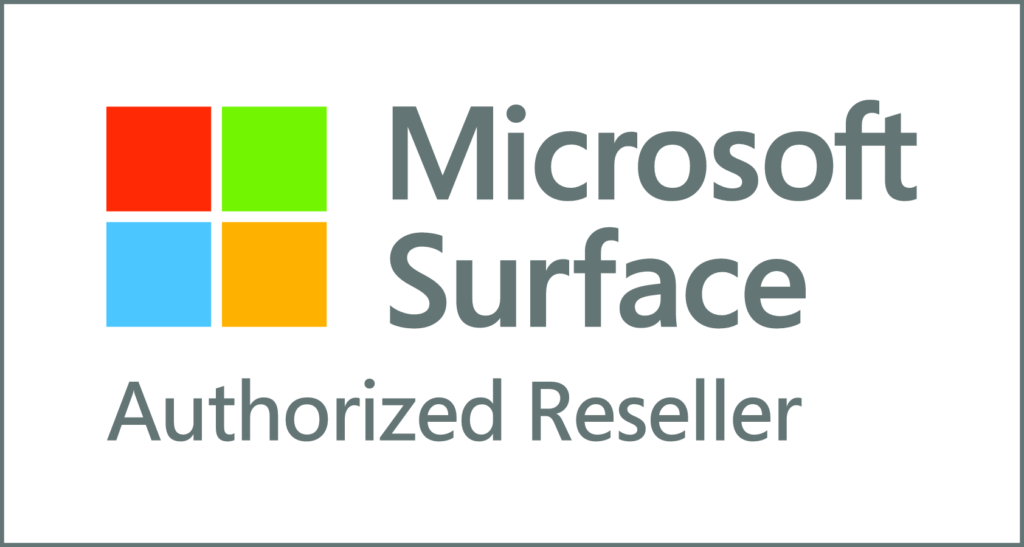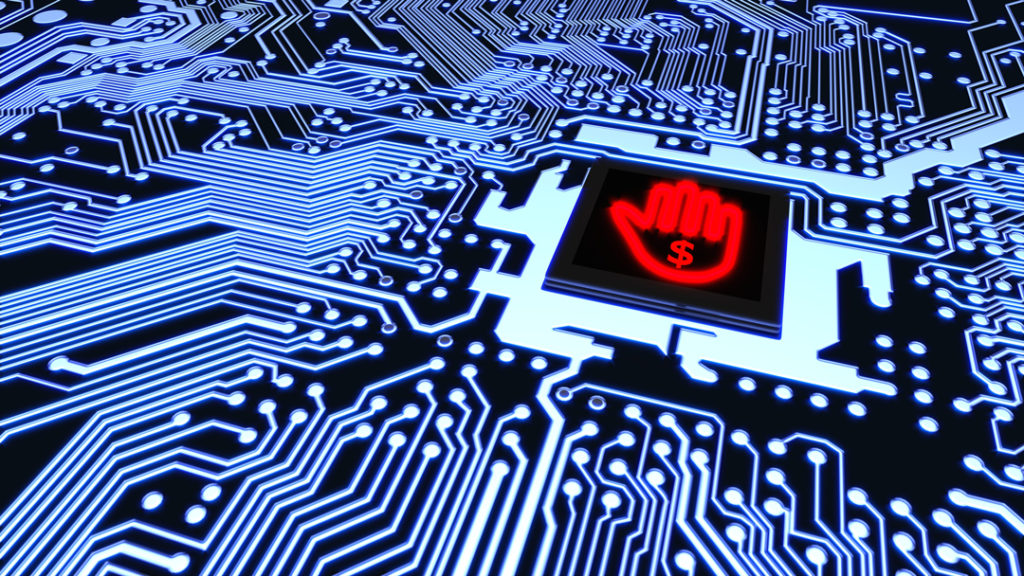Protecting Critical Financial Data
Banks are among the most vulnerable institutions in terms of network security risk exposure. Hackers target banks for many reasons, but they all share one thing in common: money. Well executed network security in banking helps protect banks and their customers’ critical data.
Bank networks must protect their networks from all potential threat risks, both from external and internal sources. This blog post will focus on some ways to protect your bank’s networks against hackers and how to react when an attack does happen.
In this 2 part blog, we will discuss the specific threats faced by financial institutions and the solutions that you should have in place to protect your network and data from risk.
WHAT IS THE CURRENT STATE OF BANKING NETWORK SECURITY?
Hackers are using increasingly advanced methods to attack networks. To defend against these new and ever-changing threats, banks need to adopt a more comprehensive view of network security that includes many different layers and components. Banks must also acknowledge their role in cybersecurity as certain banking practices can increase their exposure to attacks on network security.
WHY BANKS NEED TO CONTINUALLY INVEST IN NETWORK SECURITY
- 97% of all online financial transactions are completed by businesses, not consumers. Every time a company does business with your bank, there is a risk that someone could hack into their network and steal sensitive account information or trade secrets.
- Banks must invest in network security to protect against unauthorized access to both customer data and bank data. Hackers are constantly developing new ways to break into networks, so banks need the best technology available to stay ahead of threats.
- A strategic and comprehensive network security plan significantly decreases exposure to financial risk. For example, if a bank has an IT security breach that results in a lawsuit, they could be liable for several million dollars in damages.
- It builds credibility with customers and prospects. When a bank has invested heavily in IT Security, it shows that they are taking customer security seriously. This makes people feel more confident doing business with them or recommending them to others.
HOW CAN BANKS BETTER PROTECT THEMSELVES?
Banks spend most of their IT security budget on preventing hackers from getting into their networks. While this is very important, it overlooks another critical part of the equation – taking care of what’s already happening inside the bank itself.
Banks require a file-based security model that allows for granular control over who has access to what data, even when it is stored on employee computers or USB flash drives.
Banks need to invest in technologies that monitor and protect against both external threats and internal threats. Employees who fall for phishing scams or accidentally open malware in email attachments on devices connected to your network can put you at significant risk.
Wi-fi hacking is another serious issue for almost every business. Employees, customers, and vendors have come to expect guest wi-fi service from the businesses they frequent. But wi-fi introduces a new level of network vulnerability, especially for financial institutions.
Managed Services providers like Total Networx can provide a cost-effective way to implement best practices for wi-fi security.
WHAT CAN YOU DO TO PROTECT YOUR BANK’S NETWORKS FROM CYBERATTACKS SUCH AS RANSOMWARE OR MALWARE?
An excellent first step is to update your bank’s anti-virus protection regularly. This will help you more quickly detect and stop attacks once they are detected on your network.
Another vital step is investing in a solution that can monitor the traffic flow of all devices connected to your network, including those with access to sensitive data such as employee computers, ATMs, customer-facing tablets, and more. This allows you to block suspicious activity before malware or ransomware gets on your network. 24/7 monitoring of your network is the best method for identifying threats and eliminating them in real-time.
Working with a cybersecurity expert like Total Networx, who has specific experience in the nuances of network security for banks, will provide you with the most comprehensive security plan and keep you on top of evolving threats. We can assess your network’s current and future vulnerabilities and recommend ways to mitigate threats from outside and within your network.
Coming up in Part 2:
In Part 2 of our 2-part blog on Network Security for banking, we’ll take a deeper dive into specific threats and what your institution can do to mitigate those threats.
If you’d like to find out how Total Networx can help secure your network and sensitive data, we’d like to tell you about the solutions that many of our banking customers are using. Call us at 952-400-6500 today!
FAQs
Q: Why is network security crucial in the banking industry?
A: Network security is vital in the banking industry because it safeguards sensitive financial information, prevents unauthorized access to customer accounts, and protects against cyber threats such as data breaches and fraudulent activities. Banks deal with large volumes of confidential data, including personal information and financial transactions, making them attractive targets for hackers. Implementing robust network security measures helps ensure the confidentiality, integrity, and availability of banking systems and customer data.
Q: What are some common network security challenges faced by banks?
A: Banks face several network security challenges, including phishing attacks, malware infections, social engineering, insider threats, and distributed denial-of-service (DDoS) attacks. Phishing attempts often target bank customers to obtain login credentials or personal information. Malware can infect banking systems and compromise data security. Social engineering techniques manipulate individuals into divulging sensitive information. Insider threats involve unauthorized access or misuse of privileged information by employees. DDoS attacks disrupt banking services by overwhelming networks with excessive traffic.
Q: How do banks protect customer data from cyber threats?
A: Banks employ multiple layers of security measures to protect customer data from cyber threats. These measures include robust firewalls, intrusion detection and prevention systems, encryption technologies, multi-factor authentication, secure data storage, regular security audits, and employee training programs. Firewalls act as a barrier between the bank’s internal network and external threats. Encryption ensures that data remains secure during transmission and storage. Multi-factor authentication adds an extra layer of protection by requiring multiple credentials for access.
Q: What role does employee training play in network security for banks?
A: Employee training plays a crucial role in network security for banks. Banks educate their employees on best practices, security policies, and procedures to ensure they are aware of potential threats and know how to respond to them. Training programs cover topics such as phishing awareness, password security, safe browsing habits, and incident reporting. By keeping employees informed and vigilant, banks can significantly reduce the risk of human error leading to security breaches and protect sensitive customer data.
Q: How do regulatory standards impact network security in the banking industry?
A: Regulatory standards play a significant role in shaping network security practices within the banking industry. Banks must comply with various regulations and standards, such as the Payment Card Industry Data Security Standard (PCI DSS) and the General Data Protection Regulation (GDPR), depending on their geographic location and the types of transactions they handle. These standards impose specific security requirements, including data encryption, access controls, security monitoring, and incident response procedures. Compliance with regulatory standards helps ensure the overall security and integrity of banking systems and customer data.



